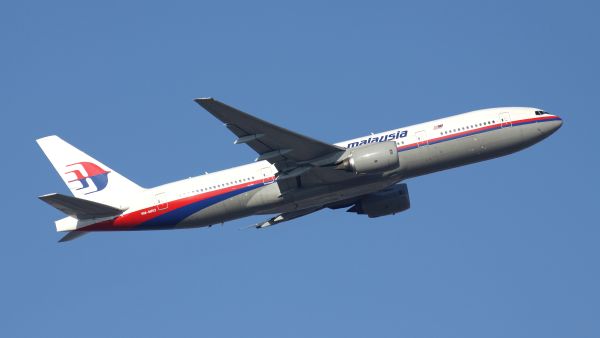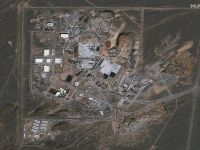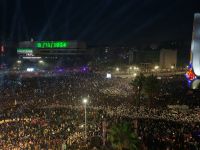ALBAWABA - A freshly found underwater acoustic transmission may reveal the fate of Malaysia Airlines Flight MH370, which vanished on March 8, 2014. British experts think the signal might take them to the plane's ultimate resting place, solving one of aviation's greatest mysteries.
Hydrophones recorded a signal about the time MH370 crashed. Cardiff researchers found this six-second signal, underscoring the necessity for further testing to determine the plane's crash location.
After diverging from Kuala Lumpur to Beijing for unclear reasons, the Boeing 777, with 239 people, crashed into the Indian Ocean after running out of fuel. After a decade of multinational searches encompassing 112,000 square kilometers, the aircraft's whereabouts remains unknown.
Although aircraft components have discovered throughout the years, the causes of its diversion and crash remain unexplained. The Malaysian government supported a fresh search effort off Australia's coast this year, ahead of MH370's tenth anniversary, which again failed.
Cardiff researchers hypothesized that a 200-ton aircraft like MH370 would create kinetic energy equivalent a minor earthquake if it crashed at 200 m/s. Hydrophones hundreds of kilometers distant, especially around Cape Leeuwin, Western Australia, and Diego Garcia, near the plane's final radar contact point, might detect this energy.
These stations monitored the Comprehensive Nuclear-Test-Ban Treaty and logged the signal at the crash's predicted time. Usama Kadri, an applied mathematics expert, told the Telegraph that only Cape Leeuwin stations identified the signal, prompting more inquiry.
Although the early findings are inconclusive, Kadri said it is "highly unlikely" that sensitive hydrophones would miss a huge aircraft crash into the water. His team thinks that investigation into this signal might solve the MH370 mystery, as hydrophones did for a sunken Argentine submarine in the Atlantic Ocean.
Researchers simulated the submarine explosion using explosives and matched the sounds to hydrophone data to find the debris 467 kilometers off Argentina's coast at 915 meters. Kadri proposed a similar method to locate MH370. Simulations of explosions with comparable pressure amplitudes to the found signal might help concentrate future searches on it.
More investigation is required whether Cape Leeuwin and Diego Garcia signals are stronger than the detected signal. Finding a link will greatly reduce the search area "Kadri explained. "If unrelated, authorities may need to reassess the crash location and timeframe used in previous searches."
After MH370 disappeared, Malaysian Prime Minister Najib Razak stated that a wing portion discovered on Réunion Island was from the jet in 2015. Over two years, 17 further pieces of wreckage were confirmed as probable or virtually probably from MH370, and two more were identified as debris from the wrecked aircraft.










